Official Report
- KatyAnn Dudley
- Aug 7, 2018
- 3 min read
Updated: May 15, 2020

I'm sorry for the delay! This entire trial has given me a lot of very valuable research techniques and some very encouraging results (in a way you may not expect).
These first four graphs are attempting to show the average mortality (across all repetitions) from hours 0 - 72/96 (or 12 hour periods of 1 - 4).
So, try to picture this in your mind:
* Within each cup there were 5 bees
* There were a total of two hives sampled
* Within each dose, there were three cups per hive
* i.e. Dose 1 contains a total of 30 bees, 15 from Hive 1, 15 from Hive 2. (continue this pattern through the doses 0-100)
I would post in some of the graphs that I've taken of my data, but to be perfectly honest I only recently found some errors in the way I have represented the data and I'm not able to contact my professor right now to ask him to confirm that I'm thinking correctly about the representation of my data.
If I get my thoughts confirmed, I will include the graphs.
Regardless! This will be my senior year at OSU, and at this point my professor and I have officially declared this particular project to be finished, however, I'm looking forward to whatever awaits me after my last year.
To give you some good results though, we, as I explained last time were using different doses of four main metal/sulfate compositions. The doses ranged from 0 mg/L to 100 mg/L.
Throughout the course of this project, I observed strange qualitative (observable but not able to be documented by numbers) behaviors in the bees and acute mortality (i.e. death) from doses 50-100 mg/L. When this project began, as I've also stated previously, neither my professor nor I could find any articles published on acute mortality in honey bees in response to exposure to heavy metals. As it turns out, this is for a good reason. As we were nearing the end of this project, I did some more digging on my own and discovered that the average amount of any of these metals found in waterways/road runoff/retention ponds etc. was significantly lower than any of the doses I tested that yielded results.
So! The good part is that my experiments showed (although rather minimally with the work I was able to put into it with 19 hrs of class work and working 17 hours/week as well) rather clearly why papers have not been published on this topic.
Granted, I fully realize that the work I've done is only four metallic / sulfate compounds and there are many more contaminants found in waterways that could very well be harmful. Maybe when I pursue a career or my masters I can continue working on a similar subject and pursue looking for those answers.
For now, however, I am pleased to say that (according to my work) the general population of honey bees is not at risk for acute mortality by exposure to environmentally relevant concentrations of Zn (Zinc), Cu (Copper), or Pb (Lead)!
All in all, I'm very glad I got the opportunity to continue this project across so many years of my college career, even if I was unable to show results on a large portion of it (such as establishment and all the article research I did, etc).
For the official conclusion of this particular project, I'd like to thank Scott McMurry (my mentor), The Integrative Biology Department for trusting me to bring live bees into the building in little plastic cups, Mr. Niblack for his monetary support and scientific presentation training, as well as the Wentz foundation for their additional monetary support.
I don't want to get all mushy and just keep thanking people, but honestly this was a wild ride for me. I thought after already working with Scott for several years previously to working on this particular project, that I had a pretty good handle on researching, method establishment, collection of data, compilation of data, representation of data etc... I was proven to be right and wrong in so many ways. I've learned a lot from all of this, so absolutely, continued thanks is definitely warranted to all of the people and organizations mentioned above.
The skills you've given me as an undergrad are invaluable to my pursuit of a career. I'm excited to continue reporting on what I accomplish here over the years.





Comments